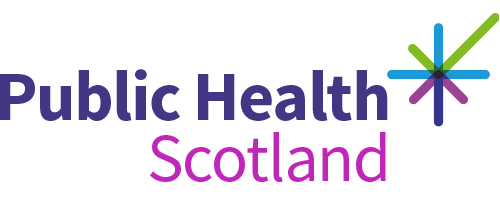- Published
- 14 May 2025
- Journal article
Identification of undetected SARS-CoV-2 infections by clustering of Nucleocapsid antibody trajectories
- Authors
-
Wei, Jia ;
- Source
- Nature Communications
Abstract
During the COVID-19 pandemic, numerous SARS-CoV-2 infections remained undetected. We combined results from routine monthly nose and throat swabs, and self-reported positive swab tests, from a UK household survey, linked to national swab testing programme data from England and Wales, together with Nucleocapsid (N-)antibody trajectories clustered using a longitudinal variation of K-means (N = 185,646) to estimate the number of infections undetected by either approach. Using N-antibody (hypothetical) infections and swab-positivity, we estimated that 7.4% (95%CI: 7.0–7.8%) of all true infections (detected and undetected) were undetected by both approaches, 25.8% (25.5–26.1%) by swab-positivity-only and 28.6% (28.4–28.9%) by trajectory-based N-antibody-classifications-only. Congruence with swab-positivity was respectively much poorer and slightly better with N-antibody classifications based on fixed thresholds or fourfold increases. Using multivariable logistic regression N-antibody seroconversion was more likely as age increased between 30–60 years, in non-white participants, those less (recently/frequently) vaccinated, for lower cycle threshold values in the range above 30, and in symptomatic and Delta (vs. BA.1) infections. Comparing swab-positivity data sources showed that routine monthly swabs were insufficient to detect infections and incorporating national testing programme/self-reported data substantially increased detection. Overall, whilst N-antibody serosurveillance can identify infections undetected by swab-positivity, optimal use requires fourfold-increase-based or trajectory-based analysis.
Rights
This article is licensed under a Creative Commons Attribution 4.0 International License, which permits use, sharing, adaptation, distribution and reproduction in any medium or format, as long as you give appropriate credit to the original author(s) and the source, provide a link to the Creative Commons licence, and indicate if changes were made. The images or other third party material in this article are included in the article’s Creative Commons licence, unless indicated otherwise in a credit line to the material. If material is not included in the article’s Creative Commons licence and your intended use is not permitted by statutory regulation or exceeds the permitted use, you will need to obtain permission directly from the copyright holder. To view a copy of this licence, visit http://creativecommons.org/licenses/by/4.0/.
Cite as
Zwerwer, L., Pouwels, K., Walker, A., Eyre, D., Stroesser, N., Matthews, P., Wei, J., Diamond, I., Studley, R., Taylor, N., Rourke, E., Thomas, T., Pienaar, D., Preece, J., Crofts, S., Lloyd, L., Bowen, M., Ayoubkhani, D., Black, R., Felton, A., Crees, M., Jones, J., Sutherland, E., Crook, D., Pritchard, E., Vihta, K., Howarth, A., Marsden, B., Chau, K., Martins Ferreira, L., Dejnirattisai, W., Mongkolsapaya, J., Hoosdally, S., Cornall, R., Stuart, D., Screaton, G., Lythgoe, K., Bonsall, D., Golubchik, T., Fryer, H., Newton, J., Bell, J., Cox, S., Paddon, K., James, T., House, T., Robotham, J., Birrell, P., Jordan, H., Sheppard, T., Athey, G., Moody, D., Curry, L., Brereton, P., Jarvis, I., Godsmark, A., Morris, G., Mallick, B., Eeles, P., Hay, J., VanSteenhouse, H., Lee, J., White, S., Evans, T., Bloemberg, L., Allison, K., Pandya, A., Davis, S., Conway, D., MacLeod, M., Cunningham, C. & Peto, T. 2025, 'Identification of undetected SARS-CoV-2 infections by clustering of Nucleocapsid antibody trajectories', Nature Communications, 16, article no: 4466. https://doi.org/10.1038/s41467-025-57370-z
Downloadable citations
Download HTML citationHTML Download BIB citationBIB Download RIS citationRISIdentifiers
- Repository URI
- https://eprints.gla.ac.uk/362809/
